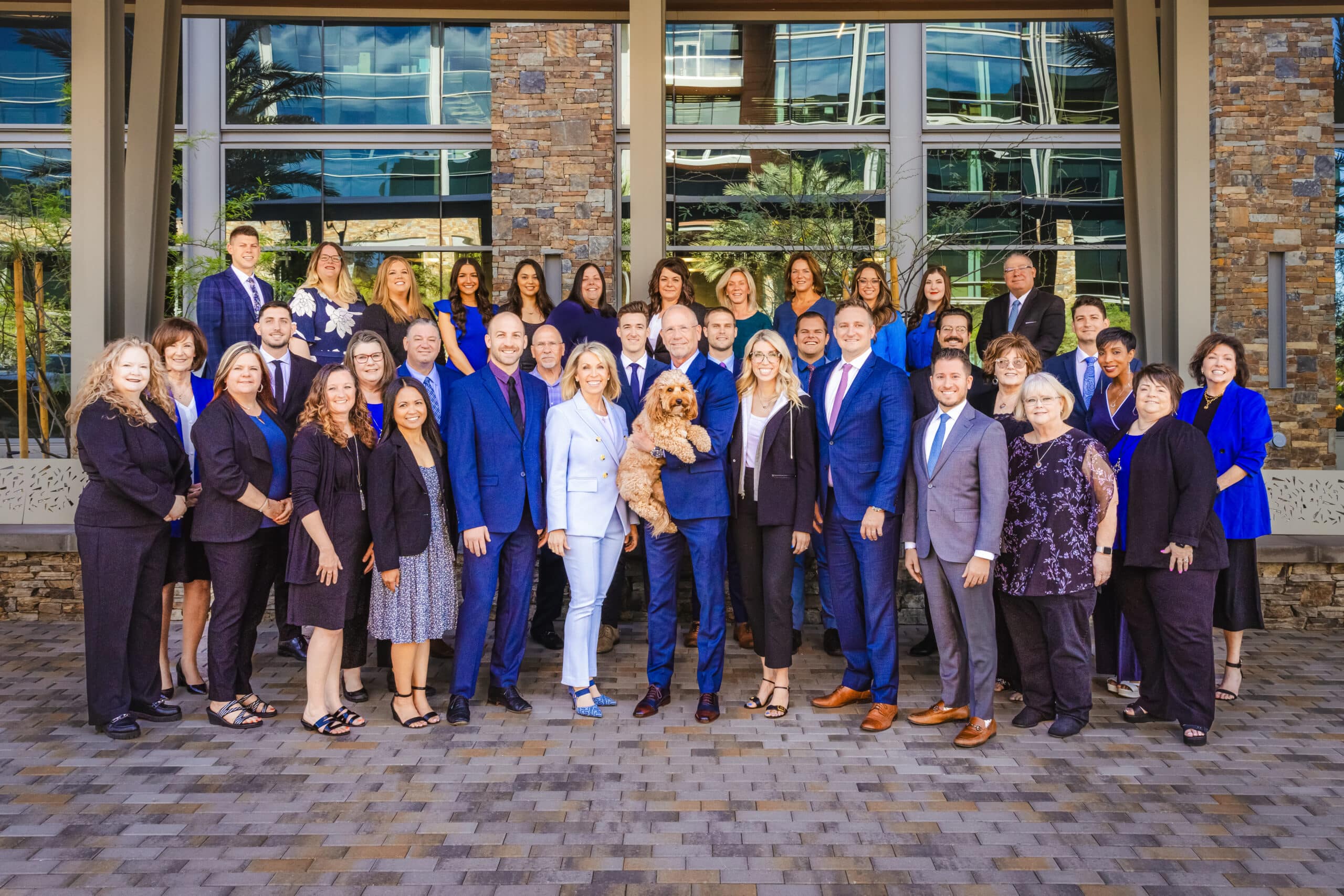Saving for retirement is one of those tasks that is simple to do yet difficult to master. Choosing automatic contributions in an employer-sponsored retirement plan is easy, but optimizing your supplemental income, investment portfolio and tax strategy for optimal retirement savings performance is far more challenging.
At Fullerton Financial Planning, we’ve made it our business to help retirement savers in Phoenix implement the best possible retirement savings and tax plans for their unique goals.
A surprisingly important aspect of planning for a successful retirement is simply avoiding some of these common mistakes:
- Having no strategy
- Participating in short-term trading with your retirement funds
- Failing to maximize contributions to tax-deferred retirement savings accounts
- Prioritizing college savings over retirement savings
- Failing to account for increased healthcare expenses
- Sticking with a static investment strategy for decades prior to retirement
- Carrying too much debt into retirement
- Dwelling too much on money
You can learn more about these mistakes, why they can jeopardize your plans and tips on avoiding these pitfalls in our recent report on the topic.
In addition to these things to avoid, there are a number of practices you can implement to increase your chances of having all the necessary funds you’ll need for the duration of your retirement years.
Put Extra Money Aside
Whether your employer-sponsored plan contributions or IRA contributions, combined with Social Security, will be enough to sustain you during retirement depends largely on your income, life expectancy and ideal budget targets.
Many retirement savers further supplement their savings with life insurance policies, annuities and other self-directed investments in equities and bonds.
There’s no rule that you can only enter retirement with those resources. You can also put money away in savings accounts, purchase real estate or invest in CDs or share certificates at a credit union.
Minor lifestyle changes and frugality might make a significant difference in the long run. Foregoing a more expensive trim on your vehicle purchases or taking a road trip instead of a European vacation can add up to significant extra wealth over time, especially if those saved dollars go into investment products that earn interest.
Consider Delaying Your Social Security
Most people can begin receiving Social Security at age 62, but you won’t receive the full Social Security to which you’re entitled unless you wait until 70 to begin claiming the benefit.
There are legitimate reasons why some retirees and couples choose to start receiving Social Security early. There may even be certain tax considerations or insurance planning strategies that make taking the reduced benefits the preferable option.
However, for many people, waiting until you can get the maximum value for your Social Security is preferable. This may mean maintaining a slightly lower standard of living for a few years between when you quit working and when you start receiving your benefits.
Saving Automation
There are many modern financial tools that can be used to automate retirement savings. Most employers that offer 401(k) plans provide automatic contributions. This is often ideal since it takes the effort out of saving for retirement. Many workers simply budget based on their take home and don’t even feel the difference each pay period.
Your bank may also offer things like automatic transfers. You can set up savings accounts or other investments and have money automatically transferred from your checking account on a certain day each month. With direct deposit, you can essentially automate the entire process.
Catch-Up Contributions
Both types of IRAs and 401(k)s have a unique age-restricted feature that dramatically increases the maximum annual savings threshold. In 2023, retirement savers over 50 can save up to $7,500 a year in their IRA and $30,000 in their 401(k) annually. That’s a contribution increase of $1,500 and $7,500 respectively. If you have fallen behind on your contributions, making full use of the catch-up limits can be a huge help.
You can continue contributing to most retirement accounts until you reach 72 years of age (if you didn’t turn 70 ½ prior to 2020). The extra year and a half was added with the passage of the SECURE Act.
That gives retirement savers a full 22 years with the catch-up contribution limits, which can allow you to put away significant funds even if you don’t start saving until your 50s.
Get Guidance for Your Retirement Plan
Fullerton Financial Planning is here to help Phoenix retirees and retirement savers establish a comprehensive savings, investment and tax plan. Our goal is to ensure each of our clients can enjoy a comfortable and productive retirement while protecting the assets they’ve generated for themselves and future generations.
Call us at (623) 974-0300 to schedule your consultation today.






